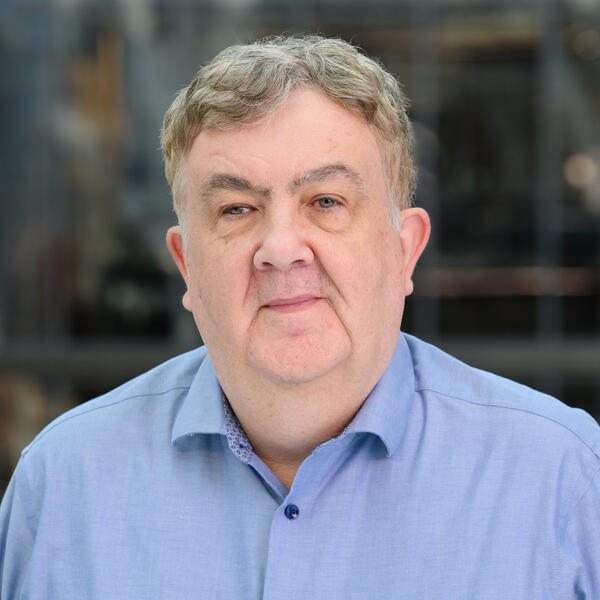The University of Sheffield
The Department of Electronic and Electrical Engineering, Sheffield, UK.

Institutional profile
The University of Sheffield is a leading UK research university with around 25,000 students and 1,500 academic staff.
The faculty of engineering is the largest faculty in the university. It is one of the largest providers of engineering research and education in the UK. It has seven academic departments covering all the key engineering disciplines.
The faculty prides itself on a collaborative and multidisciplinary approach with cutting-edge research. It has strong partnerships with industry leaders globally, such as Boeing, Siemens and Rolls-Royce.
The Department of Electronic and Electrical Engineering has almost 50 academic staff and around 700 students. The department, which recently celebrated its centenary, is well known and respected for its many important contributions in the field of Electronic and Electrical Engineering.
Semiconductor Materials and Devices group
The NanoStencil program operates with the Semiconductor Materials and Devices (SMD) group. The group has world-class research and facilities for the epitaxy of semiconductor materials, electron microscopy of materials and the design and fabrication of semiconductor devices.
Extensive facilities exist for III-V materials growth, device processing and materials characterisation.
For over 30 years, the group has been the leading provider of III-V semiconductor materials and devices to the UK academic community, as well as several EU partners.
The activity has generated over 2,500 research publications, more than 40 patents and several successful spin-off companies.
The group has been involved in around 20 EU funded research projects over the last two decades.
Project roles
The roles the University of Sheffield contribute to the project include
- overall coordination of the project
- contributions to the study of surface interactions with pulsed laser interference patterns
- designing, building and demonstrating a system for the application of multi-beam laser interference in a Molecular Beam Epitaxy environment
- demonstrating the growth of self-assembled Quantum dot arrays on nanopatterned substrates
- contributing to dissemination and exploitation
Personnel
Professor Mark Hopkinson leads the Sheffield activity and is overall coordinator for the project.
He has over 25 years’ experience in compound semiconductor epitaxy and materials characterisation.
He has authored over 600 publications in this field. He currently sits on the international advisory board of the European and International MBE conferences.
His current research is focused on semiconductor nanostructures and in particular new routes to achieve ordered arrays of nanostructures through epitaxy/process integration.



